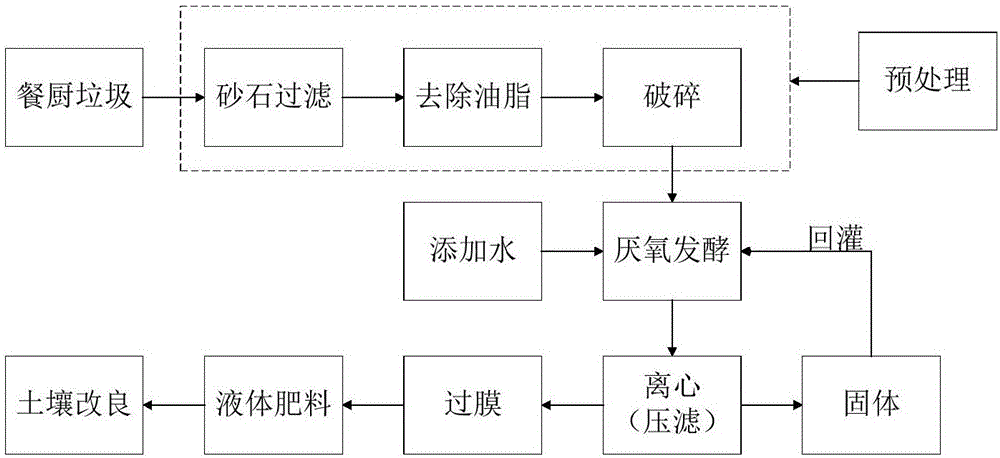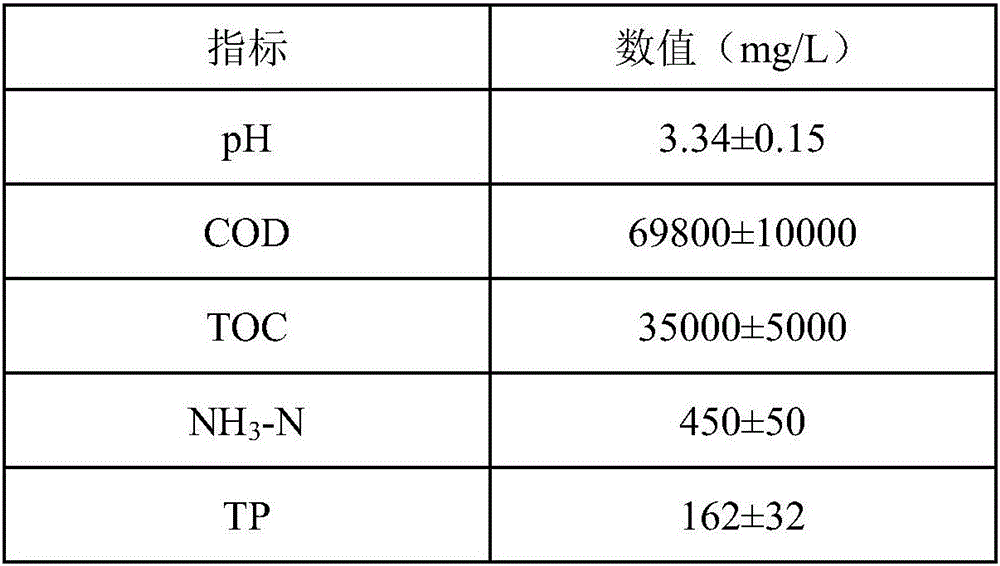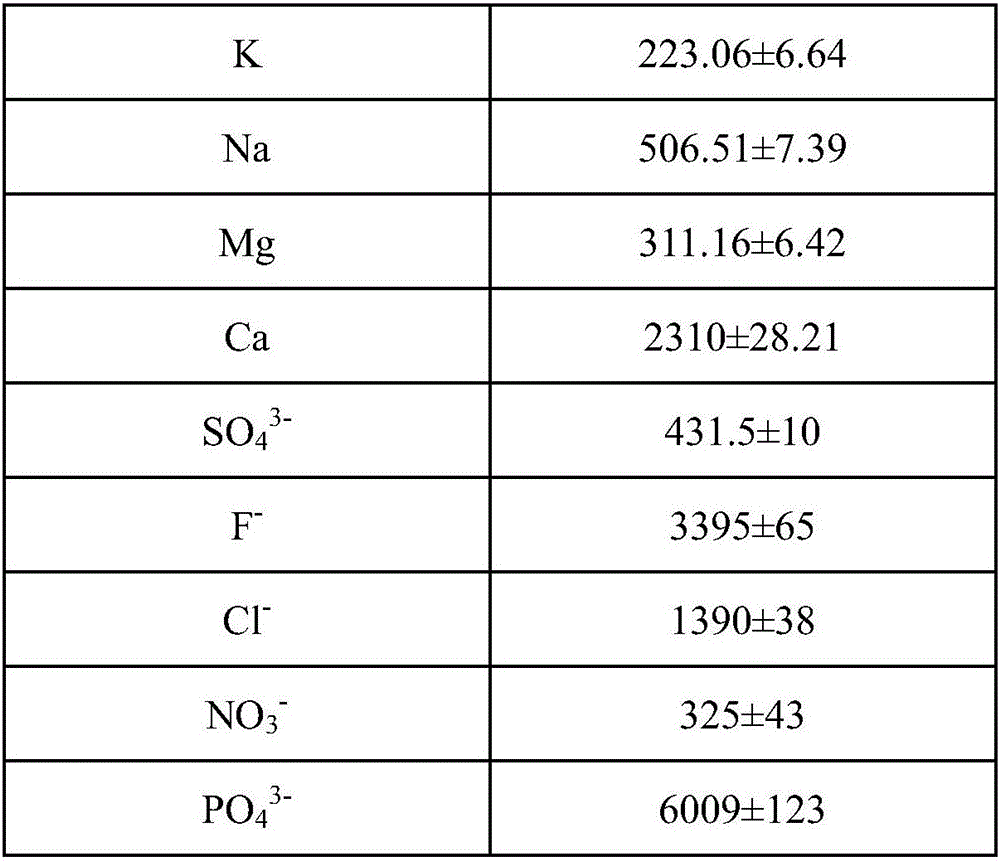Method for improving soil fertility through kitchen waste organic acid fermentation liquor
A technology for food waste and soil improvement, which is applied in the direction of organic fertilizer, bio-organic part treatment, climate change adaptation, etc., to achieve the effect of improving community structure, increasing soil fertility, and enhancing killing effect
- Summary
- Abstract
- Description
- Claims
- Application Information
AI Technical Summary
Problems solved by technology
Method used
Image
Examples
Embodiment 1
[0028] Take the kitchen waste squeezed from a school cafeteria in Shanghai, remove hard objects such as bones, plastic bags, chopsticks and other sundries, weigh 200g and mix it with tap water at a ratio of 1:1 by weight and grind it with an electric mixer to obtain food waste The slurry is poured into a 500mL serum bottle, and the serum bottle stopper is connected to the injection needle to form a micro-oxygen environment.
[0029] The serum bottle was placed in a constant temperature incubator, and the temperature was controlled at 25°C. After 25 days of fermentation, the fermentation bottle was taken out, collected and filtered after centrifugal filtration, and its physical and chemical indicators were measured as shown in Table 1.
[0030] Table 1 The main properties of the food waste fermentation broth
[0031]
[0032]
Embodiment 2
[0034] Take the food waste squeezed from a school canteen in Shanghai, remove hard objects such as bones and plastic bags, chopsticks and other debris, mix it with fruit and vegetable waste at a dry weight ratio of 1:1, add 2 times the volume of water, and place it for fermentation Fermentation in the tank, using a temperature controller to control the temperature to 25 °C. After 30 days of fermentation, take out the fermentation bottle, pump into a small plate and frame filter press, the operating pressure is 0.6Mpa, the filter press time is 1 hour, the temperature is 60°C, the water content of the filter cake is 49%, the filtrate is collected, and the filter cake is passed through Return to the anaerobic fermentation tank for re-fermentation after crushing.
[0035] The filtrate is pumped into an ultrafiltration membrane separator with a membrane pore cross-sectional molecular weight of 3000 Daltons. The operating pressure of the membrane is 0.3Mpa, the temperature is 60°C,...
Embodiment 3
[0039] Establish four flower pots with a diameter of 20 cm and a height of 20 cm, add 2 kg of planting soil, rake the soil surface, moisten and air for 3 to 5 days, and then transplant the leeks with a length of 15 cm, apply the fermented liquid fertilizer prepared in Example 2 to each flower pot every day. , 5, 10, 30ml. After application, water, air and temperature management shall be carried out according to the conventional requirements. Cultured for 30 days. The growth height of leek was 6.12%, 15.33% and 27.36% higher than that of the control, respectively.
PUM
| Property | Measurement | Unit |
|---|---|---|
| molecular weight | aaaaa | aaaaa |
Abstract
Description
Claims
Application Information
 Login to View More
Login to View More - R&D
- Intellectual Property
- Life Sciences
- Materials
- Tech Scout
- Unparalleled Data Quality
- Higher Quality Content
- 60% Fewer Hallucinations
Browse by: Latest US Patents, China's latest patents, Technical Efficacy Thesaurus, Application Domain, Technology Topic, Popular Technical Reports.
© 2025 PatSnap. All rights reserved.Legal|Privacy policy|Modern Slavery Act Transparency Statement|Sitemap|About US| Contact US: help@patsnap.com



